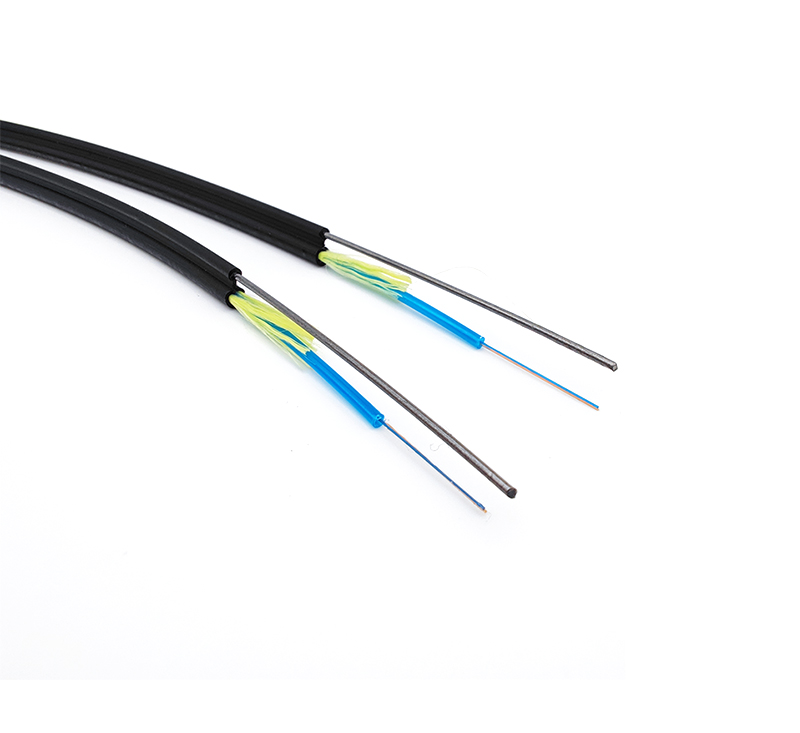The difference between a switch and a cat The difference between a switch and a router
1. The difference between a switch and a cat:

Switch: It can make multiple computers connected to the switch form a local area network to achieve simultaneous Internet access, and provide an exclusive electrical signal path for any two network nodes connected to the switch. That is, the bandwidth of 100M, no matter how many computers are connected, the bandwidth of each computer reaches 100M in theory.
According to the homonym of Modem, the modem is affectionately called "cat". The cat has at least two ports, one is connected to the telephone line and the other is connected to the network cable. Internet access and telephone line.
2. The difference between a switch and a router:
The switch is a network cable to access the Internet, but everyone dials up separately to access the Internet, and each uses its own broadband, so it does not affect everyone's access to the Internet. The router has one more virtual dial-up function than the switch. The computers that access the Internet through the same router share a broadband account, and everyone needs to influence each other when they access the Internet.
The switch works at the relay layer, and the switch is addressed according to the MAC address. Routers work at the network layer, and based on IP address addressing, routers can handle TCP/IP protocols, but switches cannot.
The switch can make multiple computers connected to it form a local area network. If there is a proxy server, it can also achieve simultaneous Internet access and all computers in the local area network share its bandwidth rate. But the switch does not have the router's function of automatically identifying the sending and arriving addresses of data packets. The router can automatically identify the addresses to which data packets are sent and arrived. The router is equivalent to the police on the road, responsible for traffic guidance and directions.










